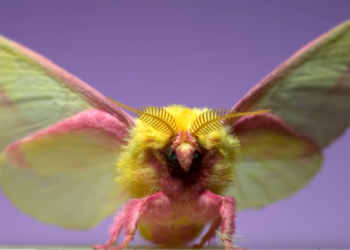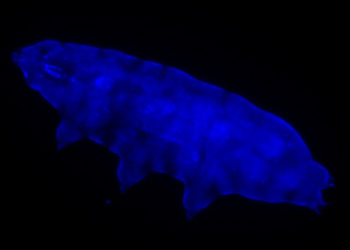Spiders, it turns out, do not move their limbs via opposing muscles, but instead use a system more akin to hydraulic pressure. Which a laboratory at Rice University has realized that spider corpses can be injected with air and used as a tool for grasping small objects. While this may sound creepy, the research group explains in the video below that the field of soft robotics explores using non-traditional materials, and at the very least, these are likely the most biodegradable robots yet conceived.
Discussion
1 Thought on "The Latest in Spider Necrobiotics"



